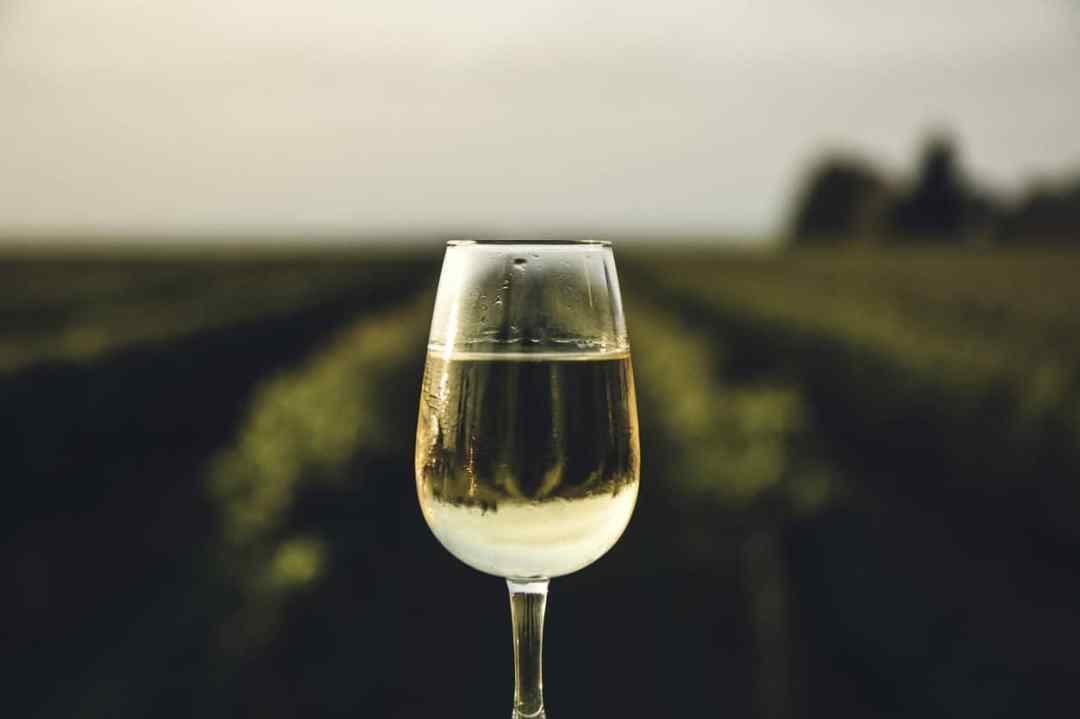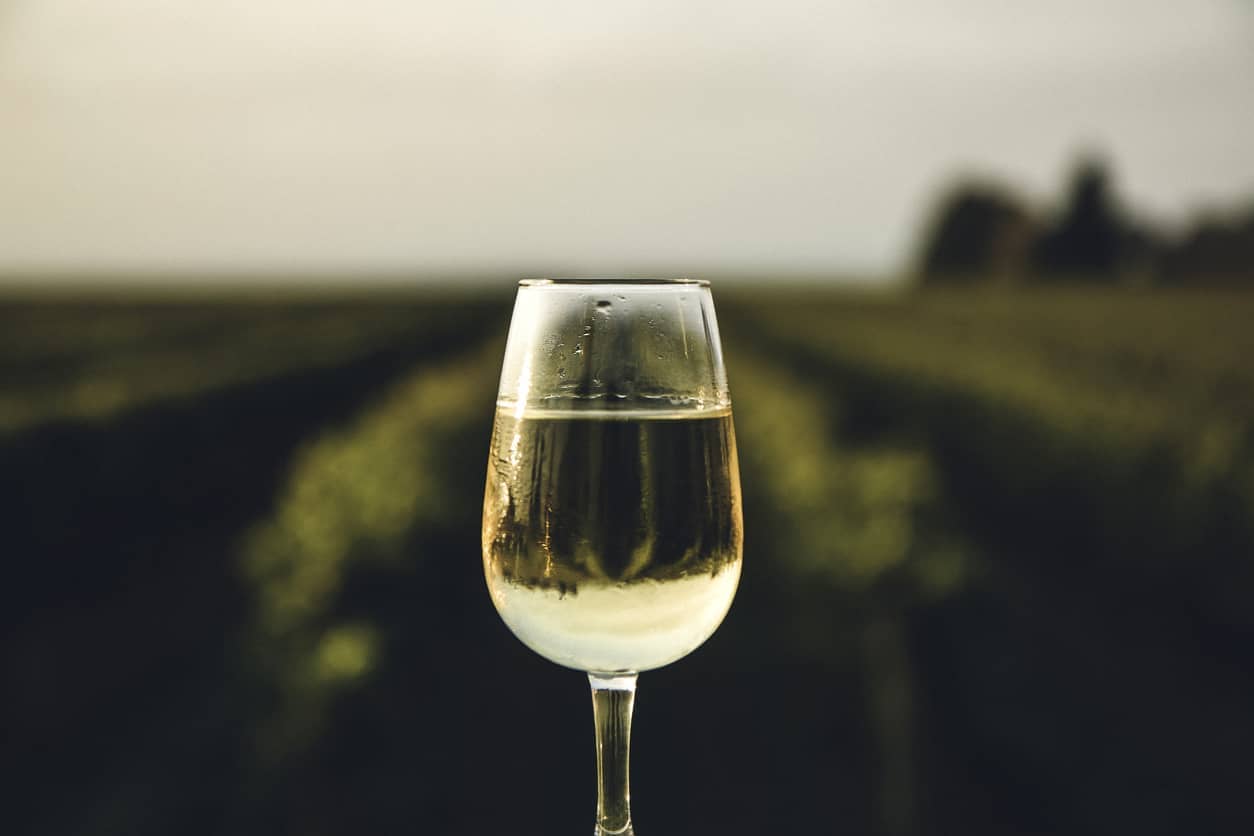Chardonnay has fallen dramatically out of favour. It’s passé, old hat and, well, just that little bit naff.
I’m referring, of course, to the girls name, twenty years ago, which was briefly in vogue in certain circles. Indeed, in 2003 – thanks to the popularity of Chardonnay Lane-Pascoe, a character in the ITV seriesFootballers’ Wives – some sixty five baby girls were officially registered with the moniker Chardonnay. Today, only a handful of babies are thus encumbered.
Happily, Chardonnay, the grape, has fared rather better than the name and, despite the scorn of the ABC (Anything But Chardonnay) fraternity, it’s resolutely back in fashion, having taken a bit of a knock thanks to the flood of cheap, heady, vanilla fruit bombs from Australia a while back.
Airén might technically be the world’s most widely planted white grape, in that it covers most acreage (it’s a staple of Spanish brandy), but Chardonnay is more far flung, found almost everywhere that wine is made.
The grape’s heartlands are Burgundy, Chablis and Champagne of course but you will also find it in Argentina, Australia, Bulgaria, California, Chile, Italy, New Zealand, South Africa and even in dear old Blighty.
I’ve enjoyed Greek Chardonnay and Uruguayan Chardonnay. I had a surprisingly tasty Dutch Chardonnay a while back and Aldi even sells a very passable one from Brazil if you’re interested.
Chardonnay is the winemakers’ grape, easy to grow, with good acid levels and high alcohol. It blends easily with other varieties to make fine fizz and it ages well. Being less flamboyant than, say, Sauvignon Blanc, Riesling or Viognier, it has an especial affinity with oak.
In Champagne, where the finest Chardonnay vineyards lie along the Côte des Blancs, the grape is used either on its own (as Blanc de Blancs) or alongside Pinot Noir and Pinot Meunier to make sparkling wines in the traditional method.
The Spectator’s house pour, Pol Roger Réserve Brut NV, is a careful blend of one third each of the three varieties. Pinot Noir gives weight and power; Pinot Meunier gives freshness and texture and Chardonnay gives aroma, elegance and character.
Try the sublime 2013 Pol Roger Blanc de Blancs, though, to see how gloriously Chardonnay sings on its own, with its peach blossom, honeyed fruit and buttery brioche. Other top B de Bs to look out for include those of Billecart-Salmon, Henriot, Telmont and Brimoncourt, newly on the market and making quite a stir.
In Italy, Chardonnay contributes to the excellent fizzes of Trentodoc and Franciacorta. Forget about dreary prosecco, these wines made in the traditional method will knock your socks off. If you’ve not yet tried the wines of Ferrari Trento, say, (2021 Champagne & Sparkling Wine World Championships Producer of the Year) or Ca’ Del Bosco from Franciacorta you’re in for a treat.
I’ve yet to have a decent Cava but I’ll keep trying. That the wines are better than they once were I put down to the fact that Chardonnay is now used in the blends, where once only local varieties were permitted.
In cool-climate Chablis, stainless steel-fermented still wines are pure, correct and mineral. Further south in Burgundy proper, warmer temperatures, riper fruit, barrel-fermentation and aging, lead to fuller wines that are more buttery, creamy and toasty.
I can rarely afford Puligny-Montrachet or Meursault these days and even Pouilly-Fuissé is getting pricy. Treats can still be found, though, and I’ve recently enjoyed delicous Chardonnays from Beaujolais, Cotes d’Auxerre and Maranges.
My current staple remains Laurent Cognard’s stunning Montagny 1er Cru from the Maconnais and I’m always on the look out for simple Bourgogne Blanc from a top producer. The 2017 Bourgogne Clos du Chateau I had last night is a peach.
And what about Margaret River in Australia? Leeuwin Estate, Vasse Felix, Cullen Wines make astounding Chardonnays here, far removed from those notorious fruit bombs of the past.
And I’m constantly bowled over by fine California Chardonnay. The 2018 Le P’tit Paysan Jacks Hill Chardonnay I had at the weekend was as restrained, elegant and sophisticated as anything I’ve had from Burgundy.
Oh and do, please, try Chapel Down Kit’s Coty Chardonnay. From a sweet spot on the north downs of Kent, it’s a beauty that proves to me that world class still Chardonnays can now be made here.







Comments